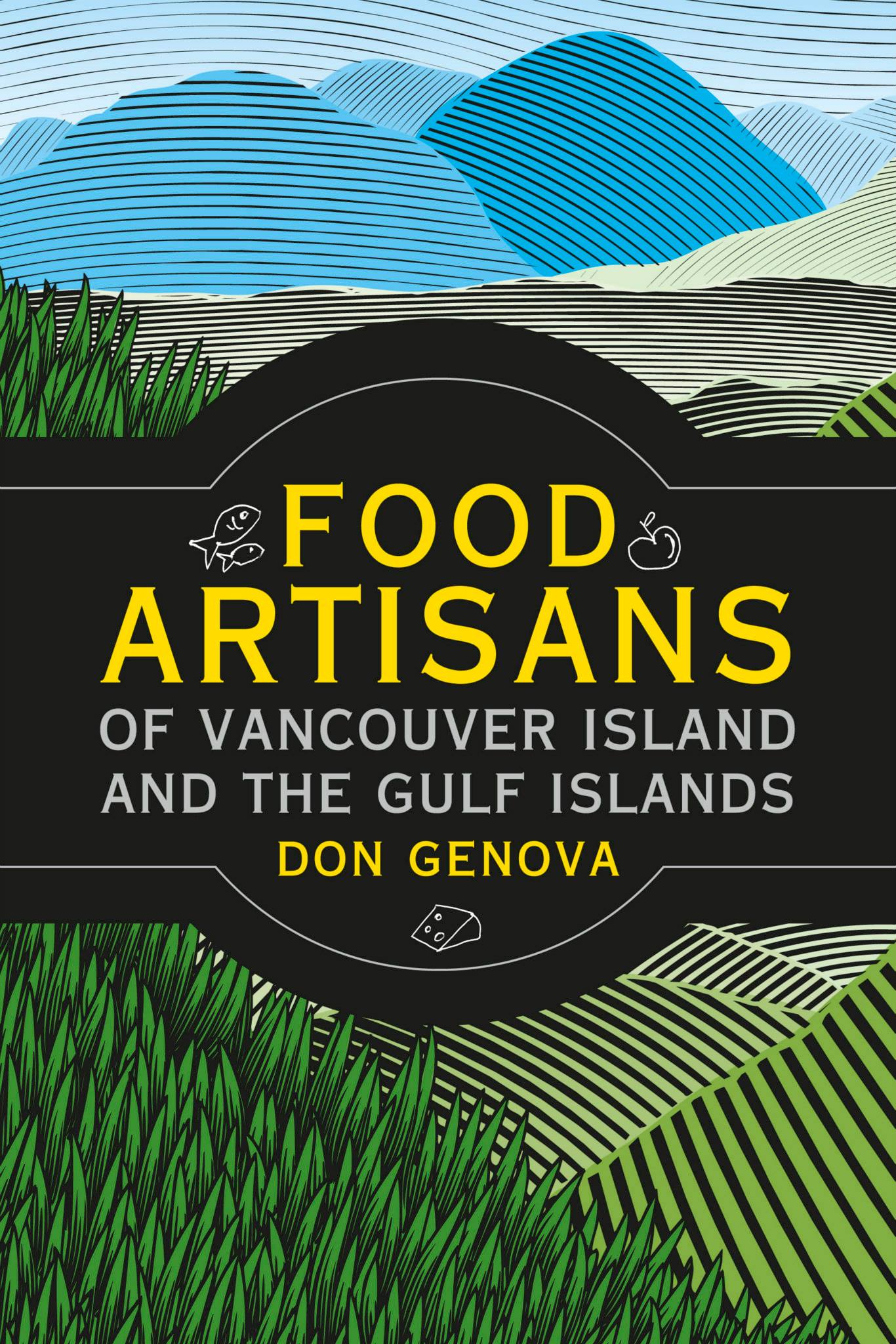Next week, thousands of Vancouver Island school children head back to school. I was feeling a little nostalgic for the good old days of back to school, so I decided to go back to school myself. But just for one day.
I went to school to learn about food safety. I’ve been asked to do a cooking demonstration at the grand opening of the new Victoria Public Market on September 14th. The kitchen there comes under the regulation of the Vancouver Island Health Authority and as such, people cooking there for the public need to have their FoodSafe Level 1 certificate and that means me. This is a course you can do online over a twenty-day period, or you can do it all in one day. So, last Saturday I found myself in a classroom in downtown Duncan to learn more about food safety from the instructors at Safer Food Education and cram for an exam at the end of the day.There were 35 of us in the classroom on Saturday, which surprised me, so I asked one of my instructors, Jennifer Smith, to fill me in. She told me that the owner or operator of any food business in BC needs to have their FoodSafe certificate, as well as at least one other worker while the business is open. The good news, she says, is that many operators have realized the value of having all of their employers learn about FoodSafe food handling and safety practices, so send them for the training as well.
I thought that I had a pretty good idea of what is safe and isn’t safe in the kitchen, but I was surprised at how much new information I learned over the course of the day. There are certainly a lot of numbers and details I didn’t know about including the ‘danger zone’, and that is the temperature range in which harmful pathogens can thrive and rapidly multiply, and it’s a pretty large range, from 4 degrees Celsius up to 60 degrees Celsius, with the ideal temperature being that of our body temperature, 37 Celsius or 98.6 Fahrenheit. What I was most surprised about was the most common improper food handling practice. I always thought it was cross-contamination, something like when you let raw chicken mingle with cooked chicken, or you use a cutting board to cut vegetables after you’ve used it to cut up some beef, or you don’t wash your hands properly.
The number one improper food handling practice is Improper Cooling. So we learned about how to properly cool food, and it doesn’t just mean throwing a pot of hot soup right into the fridge, because even in the fridge, it will take too long to cool down to that 4 degrees Celsius mark, so you could have bacterial growth. And if you don’t heat it up hot enough when you go to serve it again, you are not killing off that potentially harmful bacteria.
Other big no-no’s that can happen in the food service industry: Preparing something too far in advance. One example shown to us was what can happen if you cook a turkey the day before you are actually going to serve it. In the video clip, there was a cascade of mistakes piling onto each other. The turkeys weren’t actually cooked all the way through the day before, so that’s ‘inadequate cooking’, they were left too long on the counter before being refrigerated, the meat wasn’t re-heated to the proper temperature before being put onto a buffet line, which is another big mistake. People who are sick, coming into work, also a major cause of food-borne illness, and cross-contamination is on that list. As we all trooped out for lunch, Glenn Smith, Jennifer’s husband and co-instructor, gave us a few drops of a special gel to rub over our hands. When we came back he shone a black light on our hands and any gel we had missed turned up under the light. I was guilty. The heels of my hands still had some glowing gel on them!
I thought that Jennifer and Glenn, both former health inspectors, did a really good job of bringing the concepts down to earth with solid examples and drilled us in the most important issues to remember for our test. They definitely know their material inside and out, but Jennifer pointed out that the FoodSafe certificate is now only good for a five-year period. It used to be lifetime, but she says after five years, most people wouldn’t be able to pass the test, so there is going to be recertification.
For more information, just visit the FoodSafe BC website.



